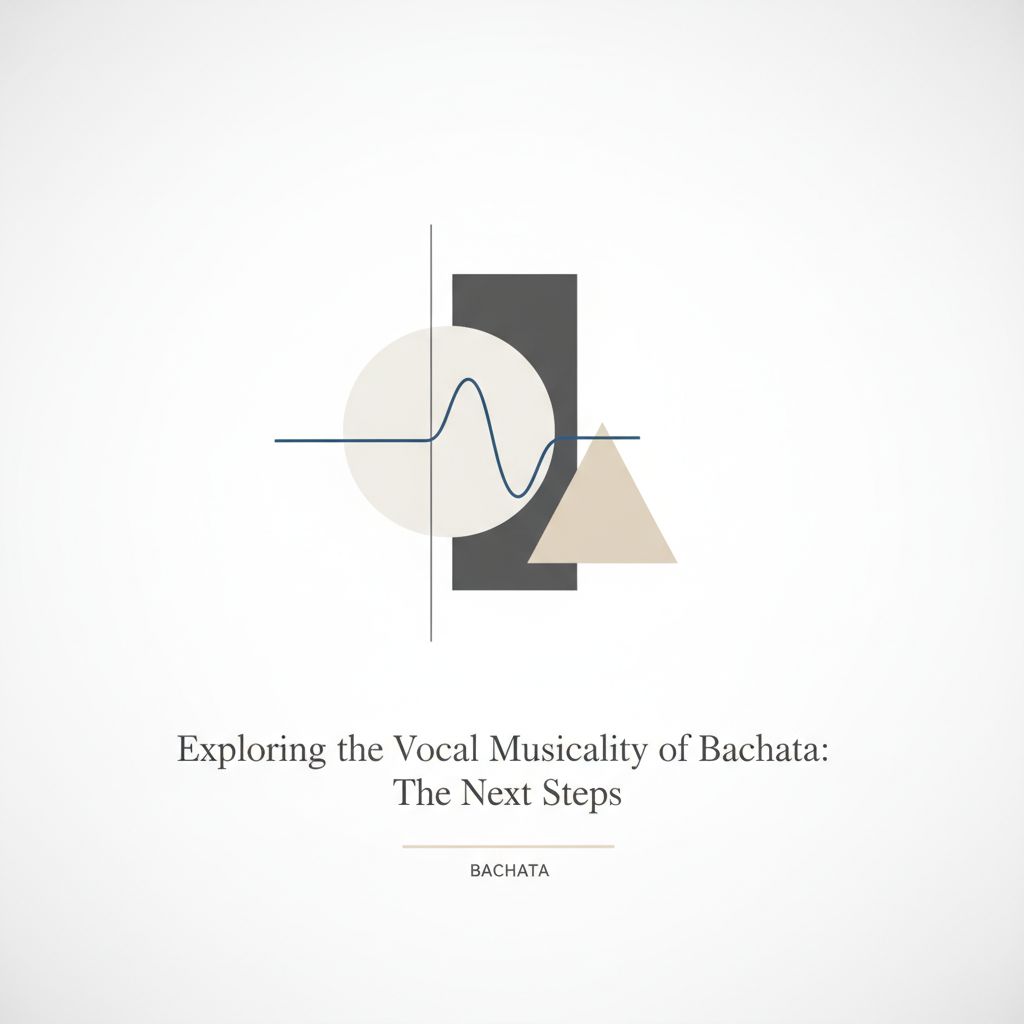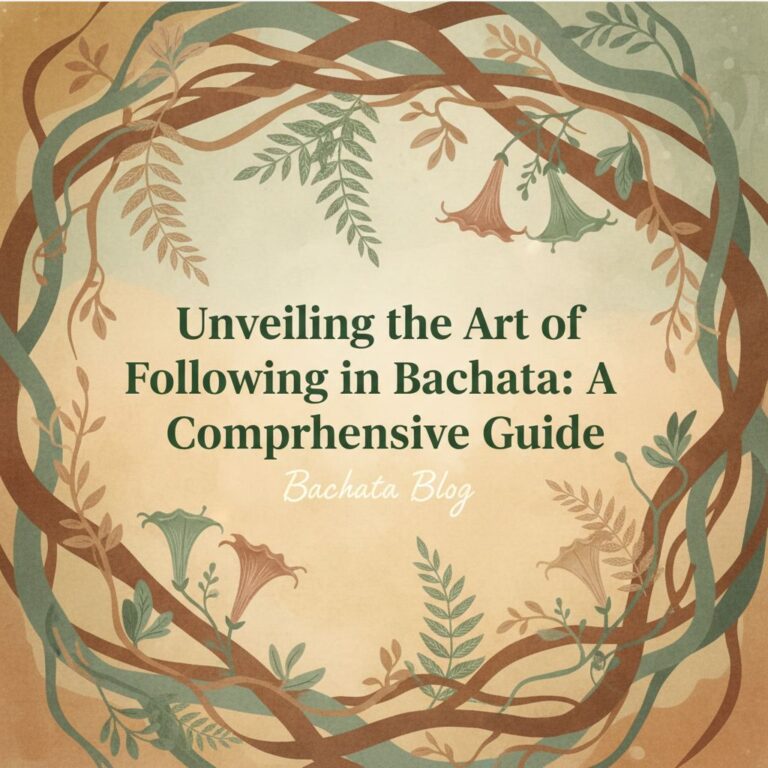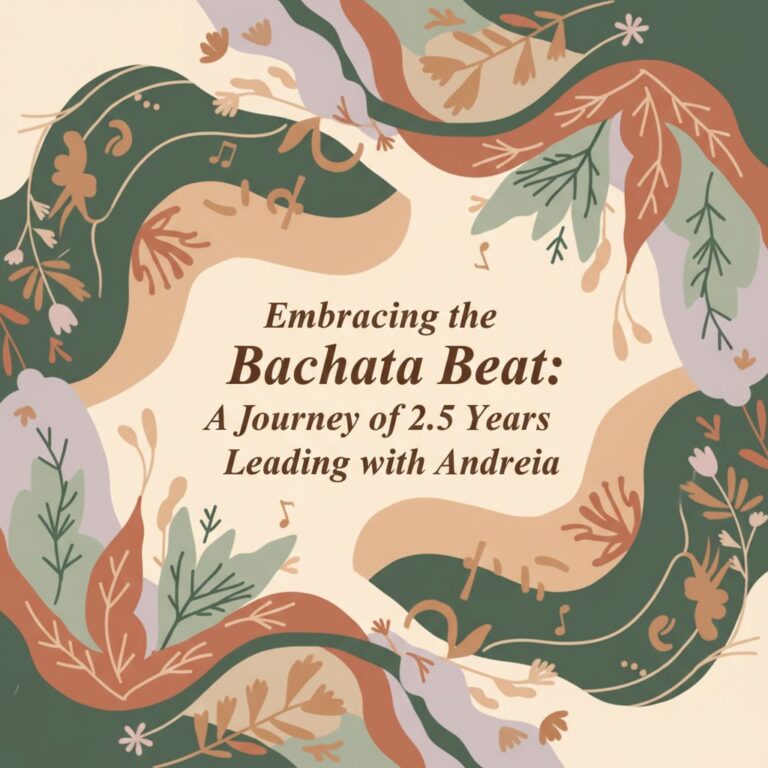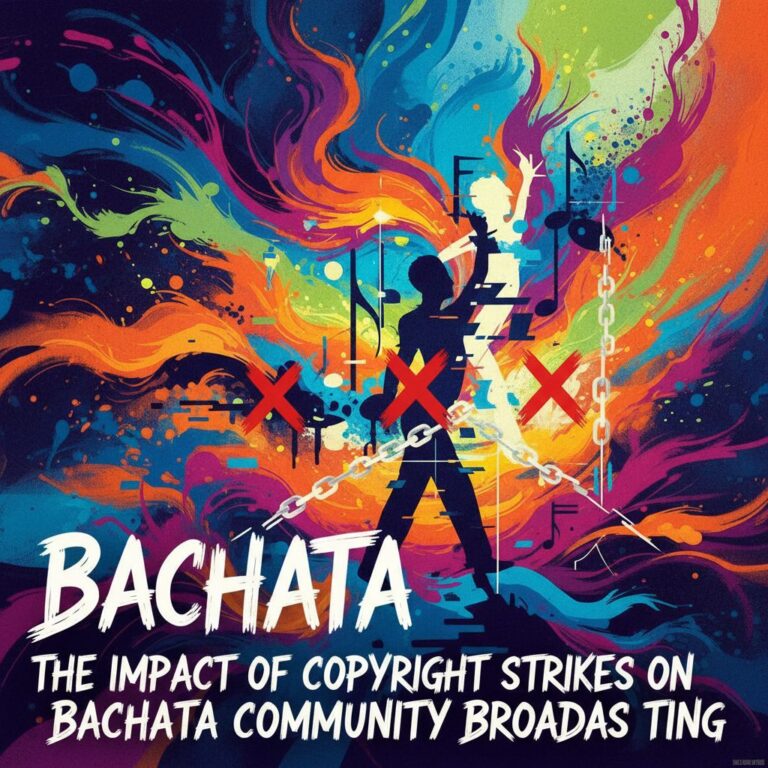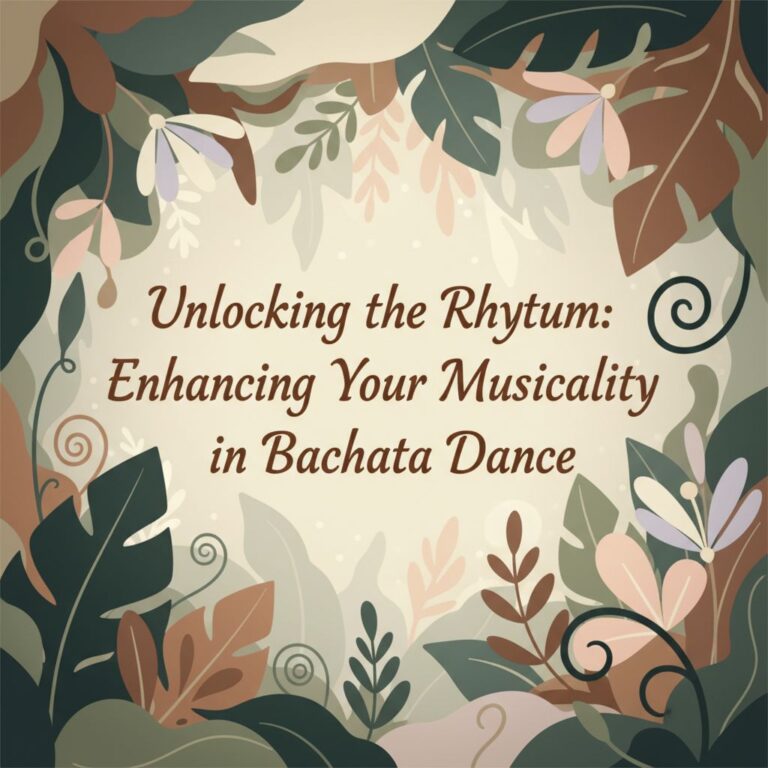The Intrigue of Vocal Musicality in Bachata
Not everyone realizes that when dancing bachata, you’re not just moving to a beat; you’re interpreting a story and expressing emotions. This realization dawned on me recently when the vocal aspect of bachata music caught my attention. It’s not just about the beats and rhythm; the singers’ tone, pauses, and phrasing play a critical role in shaping our understanding of the song and consequently, our dance interpretation.
Key Aspects of Vocal Expression in Bachata
After a deep dive into the world of vocal musicality, I identified a few key elements, including pauses, accents, contrast, volume, meaning, feeling, attack and tail, acceleration and deceleration, pitch, staccatos & legatos, passion versus apathy, and direction. These elements determine how a song breathes life into your dance. Being aware of these aspects can enhance your ability to interpret the vocals, not just the beat, when dancing bachata.
Pauses and Accents
One of the most noticeable aspects of vocal expression is the use of pauses and accents. They set the rhythm and pace of the song, offering opportunities to accentuate your dance movements. Recognizing these can add depth to your bachata, making your performance more aligned with the music and impressive to watch.
Contrast and Volume
Contrast and volume are two other critical elements. They contribute to the song’s dynamics, creating a ebb and flow that can be mirrored in your dance. Picking up on these shifts allows you to adapt your energy levels to match the music, leading to a more harmonious interpretation.
Sentiment and Emotion
The sentiment and emotion conveyed through the song are crucial too. They add color to the melody and influence the overall feel of your dance. Whether the song conveys happiness, sadness, anger, strength, or calmness, your dance should reflect these emotions to truly capture the essence of the song.
Attack and Tail, Direction
Details like attack and tail, and direction, may seem minor, but they significantly influence how the music is perceived. Paying attention to these aspects can help you understand the energy flow of the song better and adapt your dance movements to match.
Moving Forward on Your Bachata Journey
While you may find this all a bit overwhelming, bear in mind that understanding these aspects is a journey, not a destination. Start by focusing on one aspect at a time during each dance session. With time and practice, you’ll find yourself naturally interpreting these elements in your dance.
Being in sync with the vocal side of bachata doesn’t mean you have to overthink each step. Instead, it’s about letting the music guide your body and allowing yourself to feel and express the emotion carried by the vocals.
Remember, dancing is a form of self-expression. So, while understanding these elements can guide your interpretation, there are no hard and fast rules. The most important thing is to enjoy the journey, continue to learn, and let your love for bachata shine through your dance.
Embrace Your Bachata Journey
Exploring vocal musicality in bachata is more than just improving your dance skills; it’s a way to build a deeper connection with the music and your dance partner. It’s about expressing the emotions captured in the song through your movements. Take your time, keep practicing, and don’t forget to enjoy the process. After all, that’s what dancing is all about.

